The Sahara is the world's largest tropical desert located in Northern Africa, spanning over 12 countries and covering an area of over 9,000,000 km2. Due to the lack of water resources, it is arid all year round, plus the large temperature difference between day and night makes the environment harsh.
The surface of the Sahara Desert is covered with sand dunes, desert steppes and desert rocks of different sizes. In ancient times, this desert was considered an important channel of trade and cultural exchange.
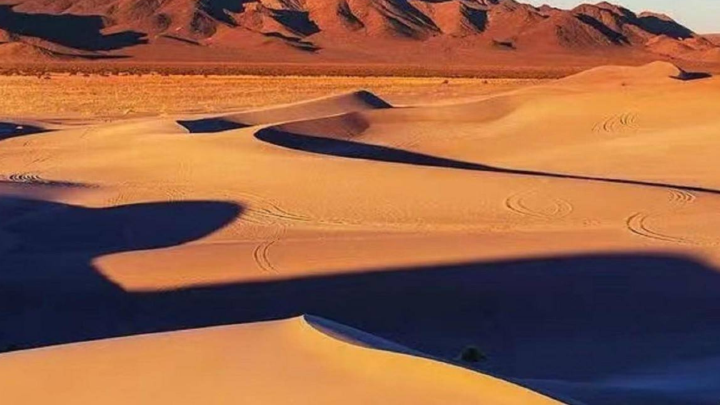
The Sahara Desert covers about one-third of Africa. Scientists have used radar technology to measure its depth.
The formation of the Sahara Desert began 2.5 million years ago, related to climate change. Initially, this area was grassland, when the climate became arid, the grassland gradually shrank and became a desert.
In the West of the Sahara Mountains, the terrain is relatively high, with an altitude of more than 3,000 meters and the thickness of the underlying rock layer can reach several thousand meters, while other parts of the desert have quite low terrain and the thickness of the rock layer is also relatively thin.
According to scientists' estimates, the average depth of the Sahara Desert is about 100 - 150m. The deepest point can even reach 300m. If the height of a floor is 3m, then the average depth of this desert is equivalent to 50 floors. Calculating the depths is based on comprehensive consideration of the desert's geological structure, rainfall, water flow and other factors.
Regarding the depth of the Sahara Desert, there is actually no fixed answer, because the geological structure of the earth is very complex and the depth between different areas is different. Therefore, using radar technology to measure can easily measure the depth of different locations in the Sahara Desert.
The specific method is to launch specific electromagnetic waves into the desert underground, then detect and record the waveform characteristics of the electromagnetic waves reflected from different interfaces in the underground. Finally, process these data through technology to obtain measurement results quickly and accurately.
The bottom of this desert is mainly composed of sandstone and rock, distributed at different depths depending on the area. Research shows that hidden under the Sahara desert there are also oil, giant underground reservoirs, abundant water reserves, providing important living conditions for desert residents.
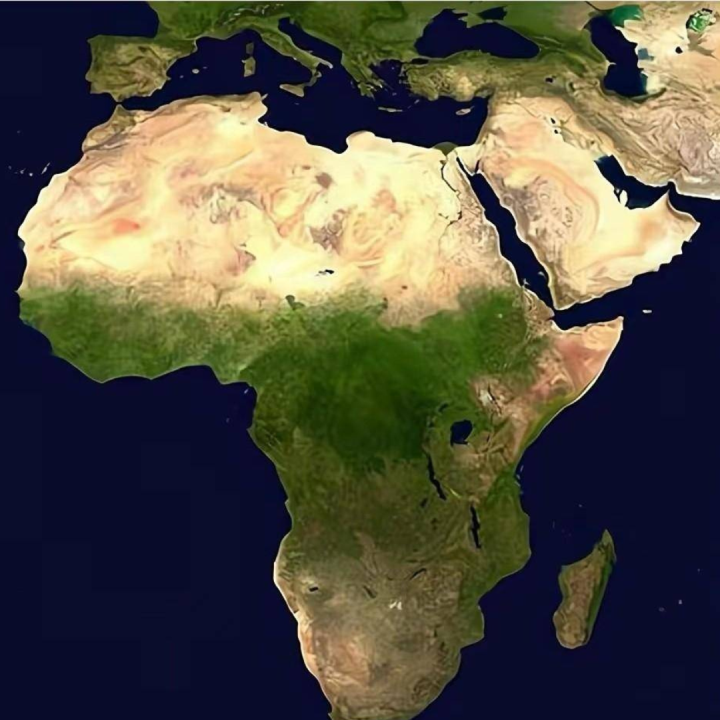
The Sahara Desert was once home to rich vegetation.
Previously, the area of a large lake here could be up to 108,000km2, with a depth of 247m. These discoveries show that in ancient times, the Sahara was not a desert, but a green paradise with rich vegetation that nurtured many species of animals and plants.
Many dinosaur fossils, some marine species such as catfish, whales, sea snakes, and even human artifacts have been found in the Sahara desert.
Digging up the Sahara desert to see what lies beneath is impractical, as it not only causes serious damage to the desert ecosystem but also causes a host of other environmental problems. Despite its harshness, the Sahara is also one of the most beautiful places in the world. The unique ecosystems and landscapes in the desert, as well as the cultural relics, are worth exploring and protecting.
Ngo Nhung (Source: Sohu)
Useful
Emotion
Creative
Unique
Wrath
Source




![[Photo] General Secretary To Lam works with the Standing Committees of the 14th Party Congress Subcommittees](/_next/image?url=https%3A%2F%2Fvphoto.vietnam.vn%2Fthumb%2F1200x675%2Fvietnam%2Fresource%2FIMAGE%2F2025%2F12%2F09%2F1765253019536_a1-bnd-0983-4829-jpg.webp&w=3840&q=75)
![[Photo] Urgently help people soon have a place to live and stabilize their lives](/_next/image?url=https%3A%2F%2Fvphoto.vietnam.vn%2Fthumb%2F1200x675%2Fvietnam%2Fresource%2FIMAGE%2F2025%2F12%2F09%2F1765248230297_c-jpg.webp&w=3840&q=75)

























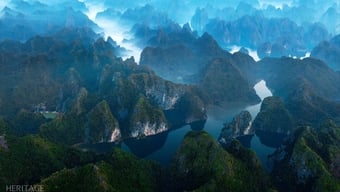
















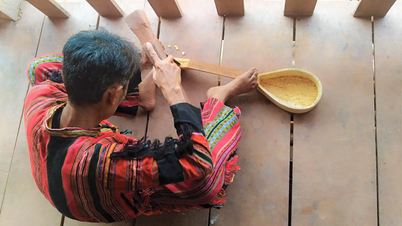









































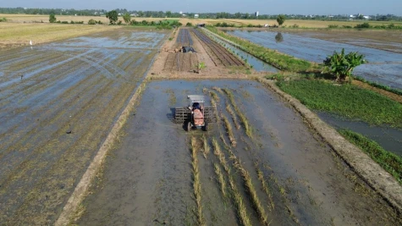

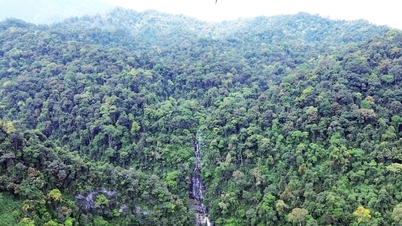






















Comment (0)